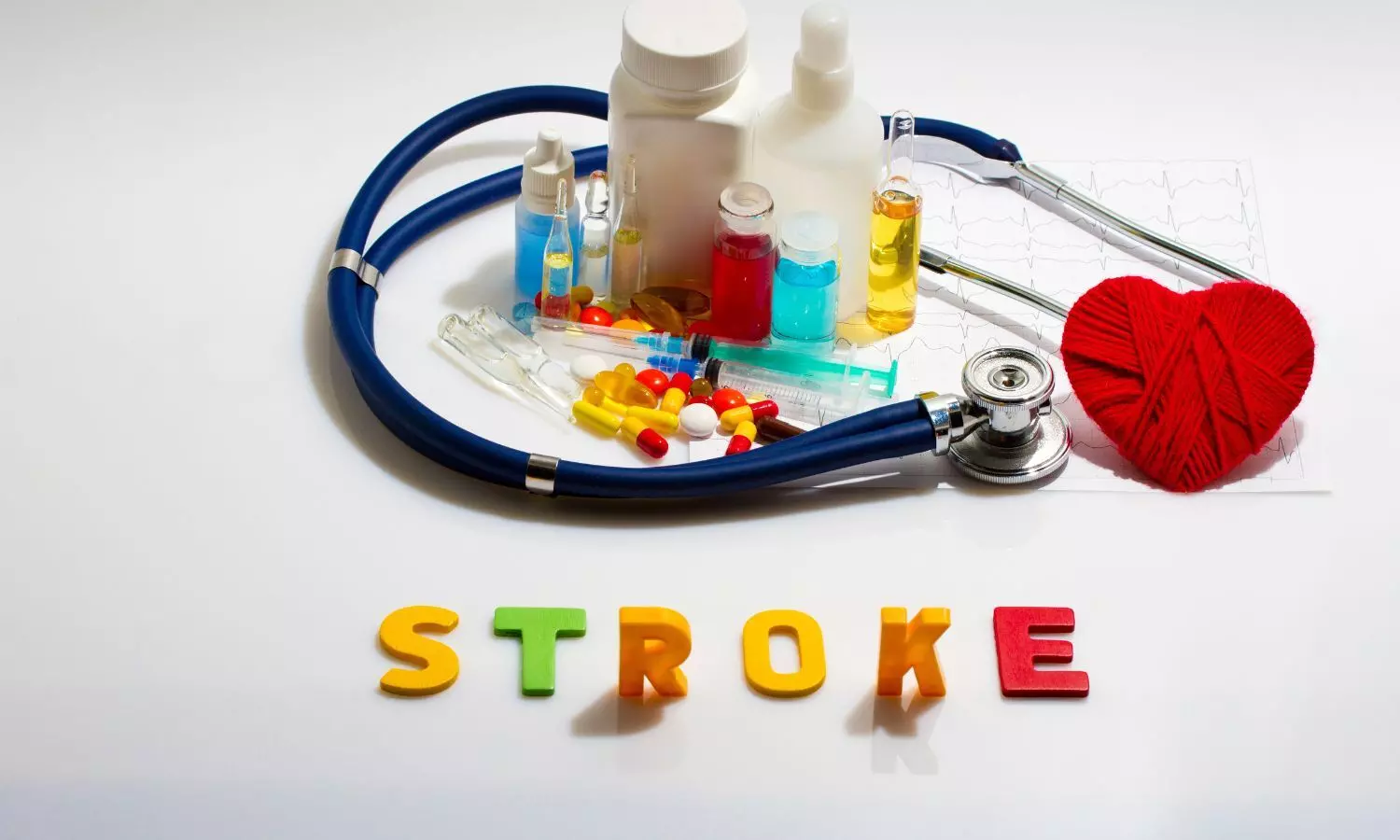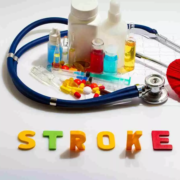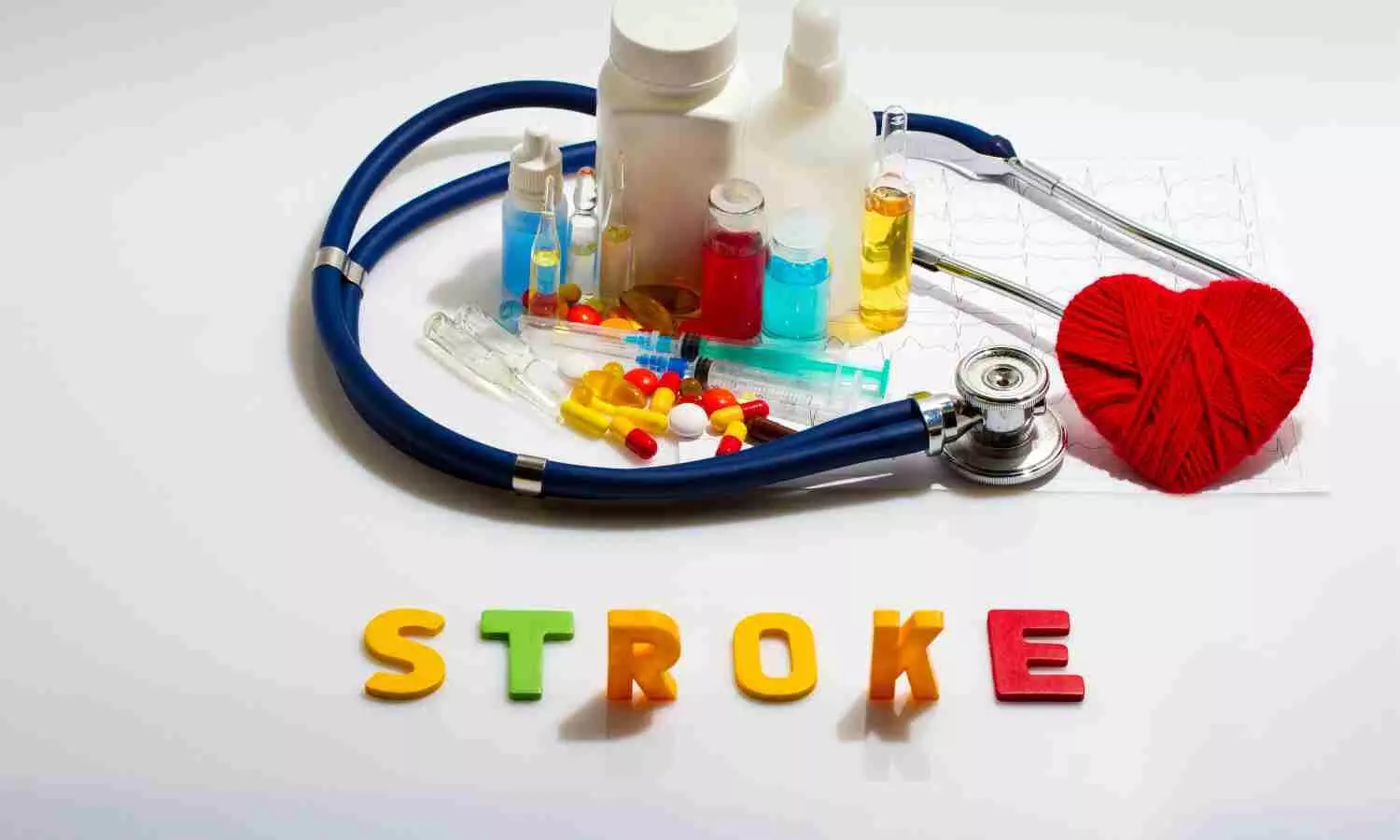Thiruvananthapuram Medical College achieves milestone in advanced stroke care

Thiruvananthapuram: The Neurology Department of the Government Medical College (GMC) Thiruvananthapuram has achieved a significant milestone in the field of advanced stroke treatment through its neurointervention facilities.
“Neuro-intervention services at the Medical College began in June 2023. Under the current government, the first Neuro Cath Lab in the country within the neurology department was established here,” Health Minister Veena George said, news agency UNI reported.
Since then, the deployment has successfully performed 320 diagnostic cerebral angiograms and 55 therapeutic neuro-intervention procedures — a total of 375 neuro-interventions. This includes several complex procedures that are rarely performed in India.
Also Read:Kerala Govt to launch Real-time Blood Bank Tracking Application
Congratulating the entire neurology team for bringing numerous patients back to life through these advanced treatments, she said the team has successfully treated extremely rare and complex conditions like aneurysms.
Procedures such as angioplasty on extremely thin blood vessels within the brain were performed with great success. This has placed Thiruvananthapuram Medical College among the very few institutions in India capable of handling such complex procedures.
The hospital has also successfully performed embolisation procedures for rare conditions like dural arteriovenous fistula (dural AV fistula), carotid-cavernous fistula, and arteriovenous malformations (AVMs).
These advanced treatments, which typically cost several lakhs of rupees, are provided either free of charge or at a very low cost under government health schemes. Even patients aged up to 90 have successfully undergone mechanical thrombectomy at the hospital.
A stroke (also called a cerebrovascular accident) occurs when the blood vessels supplying the brain are blocked (thrombosis) or ruptured (hemorrhage).
Stroke treatment is highly time-sensitive – patients must reach the hospital within 4.5 hours of the first symptoms for the treatment to be effective. Symptoms of stroke include sudden facial drooping, weakness in the arms or legs, and slurred speech. Anyone exhibiting these signs should be rushed to a hospital without delay.
To provide comprehensive stroke care, Thiruvananthapuram Medical College has established an advanced stroke centre equipped with facilities such as a CT angiogram, a stroke cath lab, and a dedicated stroke ICU.
A Stroke Helpline is also available for assistance. In case of any suspicion of stroke, immediately call the Stroke Centre’s helpline at 9946332963 for guidance and emergency support. A fully equipped medical team is available 24/7 at the centre to ensure timely and life-saving treatment, reports UNI.
Powered by WPeMatico



















